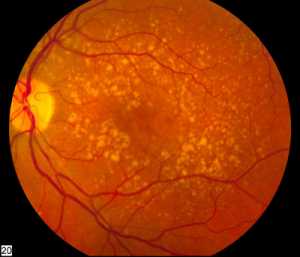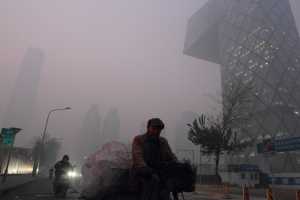Author Interviews, Environmental Risks, Global Health / 22.08.2019
Multi-Country Analysis Confirms Increased Mortality Risk from Air Pollution
MedicalResearch.com Interview with:
Cong Liu, PhD
Department of Environmental Health
School of Public Health
Fudan University
Shanghai 200032, China
MedicalResearch.com: What is the background for this study?
Response: Numerous time-series studies have examined the short-term associations between particulate air pollution (PM10 and PM2.5) exposures and daily mortality. However, most evidence has been obtained from studies in single cities, regions, or countries. There are challenges in comparing these results and in synthesizing effect estimates because of different modeling approaches and potential publication bias. Furthermore, there has never been a global representative concentration-response function for risk assessment and policy making.
We and our co-authors established the Multi-City Multi-Country (MCC) Collaborative Research Network to perform a global assessment of the effects of weather or climate on mortality. This network allowed us to examine and compare the associations of PM concentrations with daily mortality at the global, regional, and country level with the use of a standardized analytic framework. (more…)












